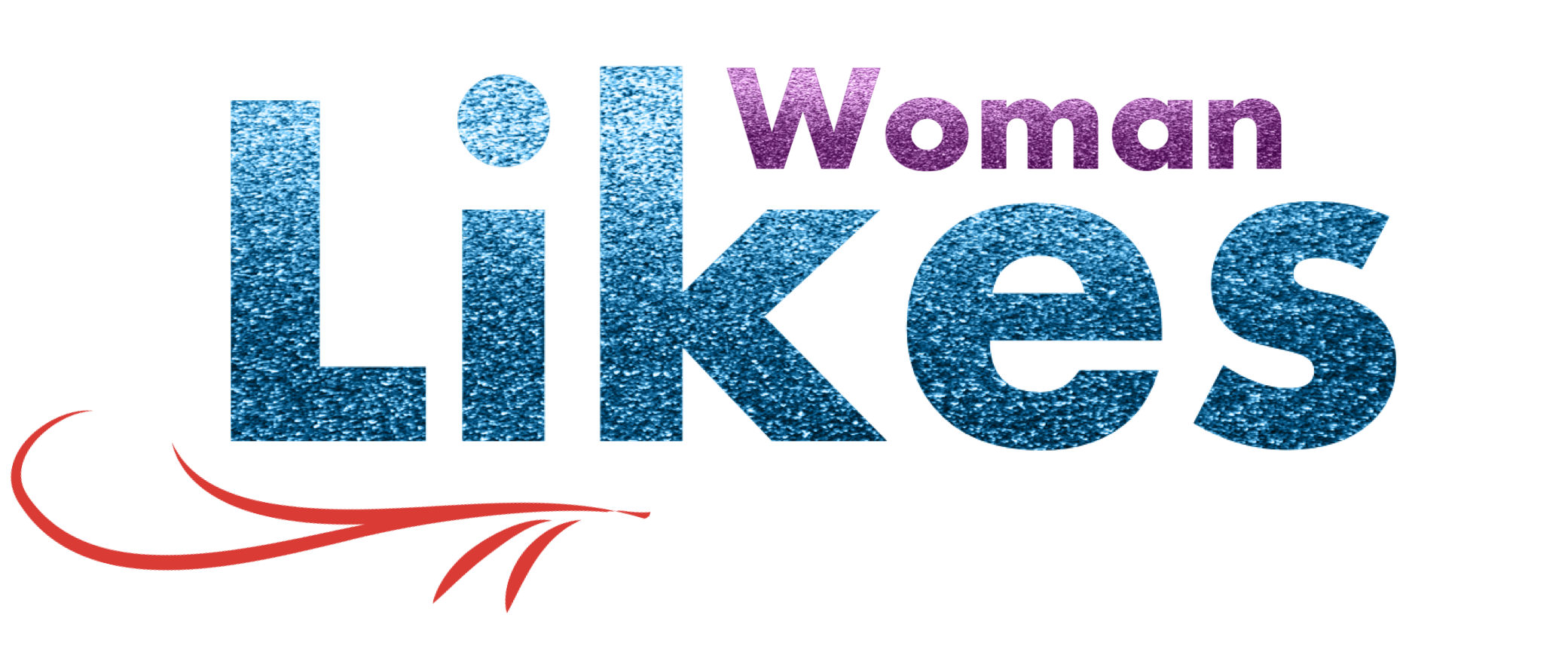
How do we define a Woman? What does gender equality mean? What are the rights of transgender people? This article will address these questions and more. This article will also discuss the definition of transgender rights and gender equality. It is essential to understand these terms before debating gender issues. In the end, the definition of a Woman is a matter of personal choice. Let’s examine some of the most common myths surrounding gender.
Defining a woman
What does “defining a woman” really mean? While most people say that a woman is passionate, strong, and loving, there are many other factors that can make it difficult to define a woman’s nature. In Alice Walker’s novel, “Defining a Woman,” the author uses literary devices and divisive imagery to illustrate how women can be defined differently than men. For example, the protagonist, Celie, is the most oppressed character, yet she still manages to succeed in the overall storyline.
There are six biological markers that define a woman, but these indicators are not always aligned. In fact, the OED defines a woman as a sex that is capable of bearing offspring. This makes the process of defining a woman challenging for society. But it’s important to note that gender experts disagree on this point. For example, defining a woman’s sexual orientation can be difficult.
Republicans have been defending Jackson’s decision not to answer the question. They claim that Jackson’s refusal to answer a question about the definition of a woman is “liberal ignorance.” While this might be true, it’s worth noting that some Republicans hailed the move as a victory. One reason why they’re so happy with Jackson’s decision is that it has given them more ammunition to accuse Democrats of being liberal and insensitive to transgender people.
One reason why this definition has become controversial is because of the lack of women in congress. The Republican women in congress may be confused about this definition because there are few women in their ranks. However, the term “woman” was first used by humans five million years ago. Thus, it’s unlikely that a woman who’s never been married is not a woman. The definition should be broad enough to encompass all human women, not just those who are married.
The dictionary definition of a woman varies from country to country. The Oxford English Dictionary, Merriam-Webster, and Cambridge Dictionary all use the word woman to describe a female human. But in any case, they are referring to a human being. Even animals have this neutral meaning. While we have accepted the fact that males and females are biologically distinct, ancient cultures still considered us to be of one gender or the other.
Defining transgender rights
While the HRC Foundation’s recent analysis of data shows that 49% of trans adults did not vote in at least one election, these figures are even higher among trans people of color. And 55% of transgender adults reported discrimination when voting, with many of them unable to participate in the political process at all. Unfortunately, the problems facing trans people are not unique to this community. They impact all areas of life, including employment, from housing to food.
In Defining transgender rights for men and women, author Chuck Schiappa surveys recent public debates on gender. One example is the passage of HB2 in North Carolina, a controversial bill that barred most transgender individuals from using public restrooms. This legislation based access to public bathrooms on biological sex and relied on a debated definition of gender. While the author considers himself an ally, he sought to make this work accessible to a wider audience to promote public understanding of transgender rights.
The lack of accurate identity documents can prevent transgender people from accessing emergency housing, medical care, and public services. Without accurate identification, transgender people can’t travel, register for school, or access other important services. And unfortunately, many states do not allow transgender people to update their identity documents to match their gender identity. Many states require proof of medical transition, which is costly and often not attainable for transgender people. Moreover, some states even charge for processing new identity documents.
It is important to distinguish between gender identity and sexual orientation. Transgender people are not just gay, lesbian, or bisexual; they can be any sexual orientation. In fact, the term transsexual is often equated with sexual orientation. But it is not. In the case of transgender people, gender identity means a person’s inside and outside self. And sexual orientation refers to how a person identifies with the people around them.
The National Center for Transgender Equality defines transgender people as people with gender identities other than their assigned sex. These individuals may identify as male, female, intersex, or a combination of male and female. Some may be cross-dressers, or they may be a mixture of both, which is called genderqueer. Despite the wide variety of transgender identities, they have similar needs.
While transgender people do not identify with their assigned sex at birth, it can be realized at any stage of life. People who identify as transgender may change their pronouns, take hormones, or undergo surgical procedures. As long as they avoid offensive language, they are not transgender. It is important to use appropriate pronouns and avoid using offensive language in conversation. Besides speaking the correct pronouns, it is also important to participate in relevant campaigns. And listen to what transgender people have to say about their experiences.
Defining gender equality
Gender equality is about equal opportunities for men and women. The goal is to eliminate the discrimination and inequities that restrict women from achieving their full potential. Women should be empowered to lead a successful life, participate in decision-making, and raise children. In addition, gender equality should promote health for women and men. Here are some of the ways that gender equality can be achieved:
Creating equality in healthcare is one way to improve the health of all people. Women, men, and children deserve access to quality healthcare without barriers. Whether they’re aging or bringing up children, women deserve equal access to healthcare and access to education. Equal paid leave for mothers and fathers strengthens families. While most political systems favor men, gender equality would increase the participation of women in politics and the decision-making processes.
One way to ensure that women and girls have equal opportunities is to invest in education. Women are disproportionately underrepresented in education and many are illiterate. This lack of education limits the opportunities and access to information for women. Women who are more educated will not only benefit personally, but will also improve the health of their families and the health of their children. In fact, higher levels of education among women are associated with fewer cases of child mortality and higher rates of fertility in children. Currently, only two countries, Finland and Bolivia, have a majority of women in their legislature.
A better understanding of how to improve health care for women and girls is crucial to population programs. Health outcomes for women and men will improve if men and women are empowered equally. For example, if the health care system is more gender-balanced, women and girls will be more likely to make informed decisions regarding their own bodies and reproductive health. The same will apply to health care. When it comes to the decisions about marriage and childbirth, women and men should be able to make better decisions.
Achieving gender equality is about creating a culture where men and women have equal rights. Gender equality will also improve economic prosperity. In fact, a society with gender equality is safer and healthier for everyone. But it won’t happen overnight. It will take decades for women to realize their full potential. In the meantime, we can continue to strive for gender equality for ourselves. It will be our responsibility to ensure a healthy and safe environment for all.
Gender attributes are a set of characteristics that define men and women. These characteristics are based on society and differ widely between societies. The socialization of men and women begins early in life, and continues throughout their lives. These socialization factors influence both genders’ behavior and health. Even if these attributes are inherent, they can be changed to make society more just. If we don’t change the social constructs that create gender, then we’re destined to live with the consequences.







